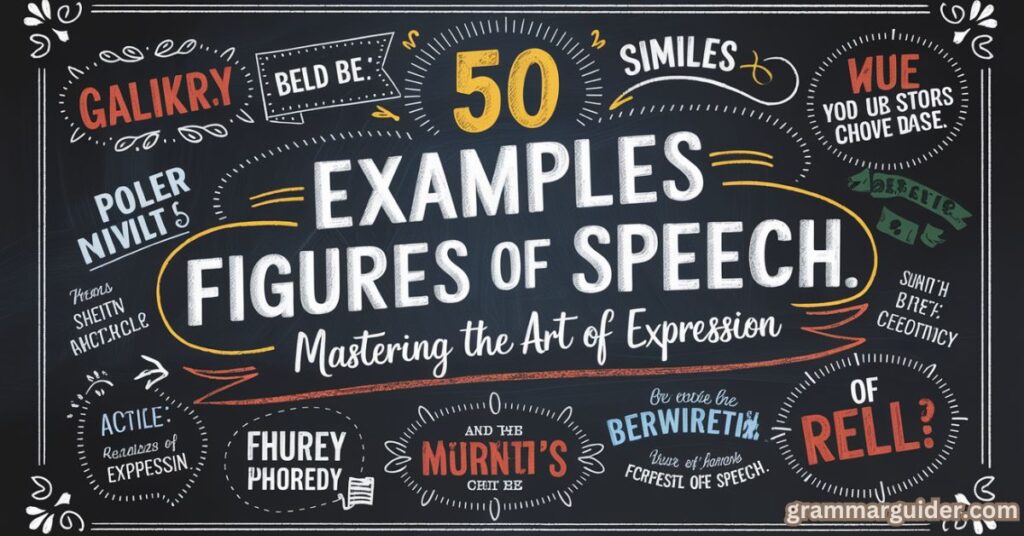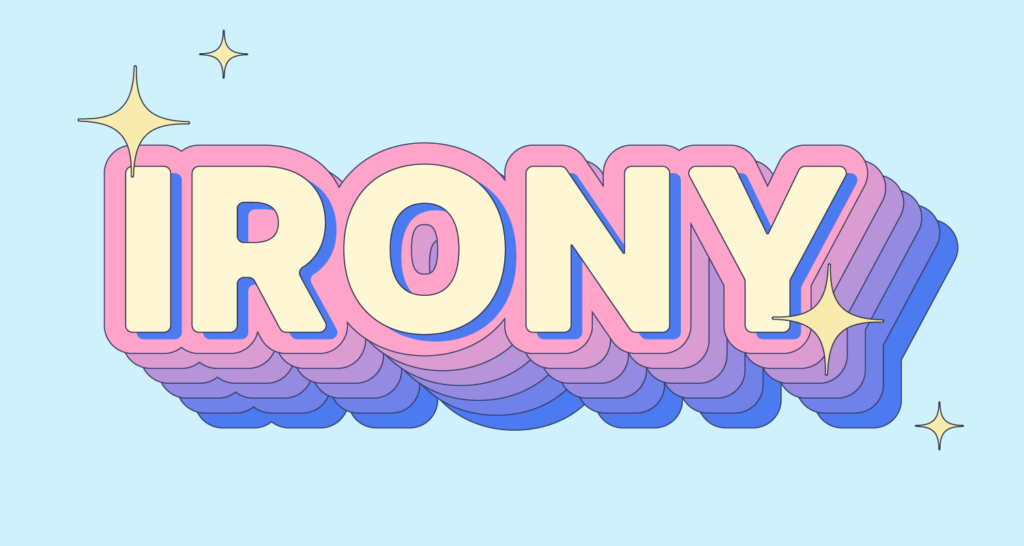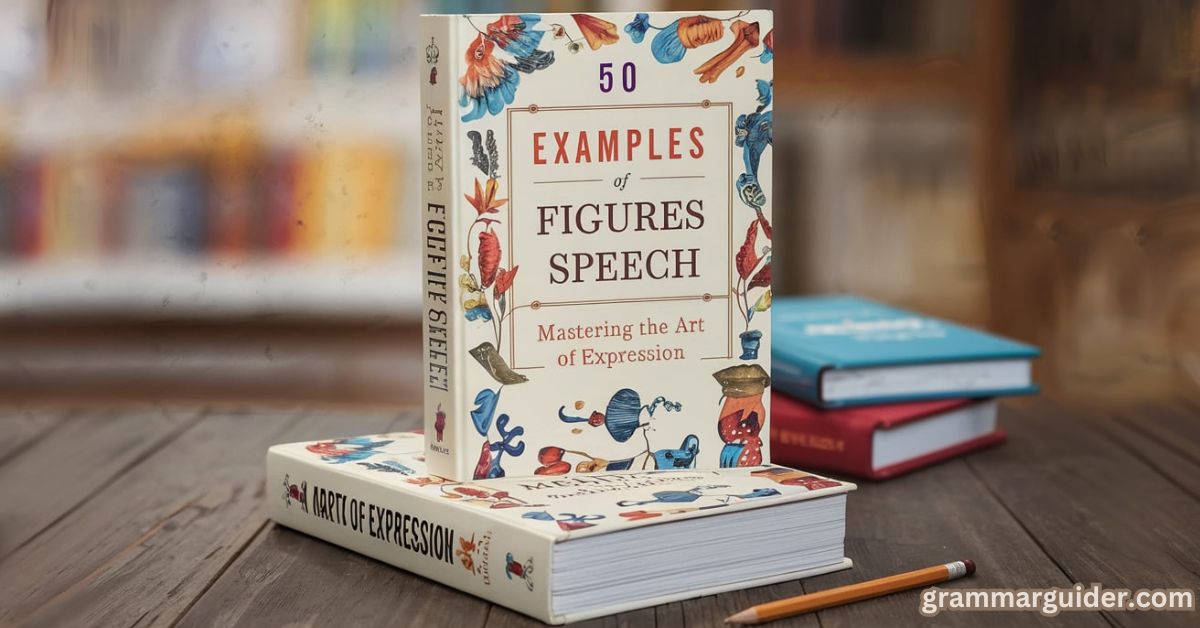50 figures of speech with examples,
In this article, we will explore 50 figures of speech with examples to show how these devices can enhance your communication. From metaphors to irony, each figure of speech has its unique purpose and can transform your writing into something more captivating. Let’s dive in!
The Power of Figurative Language
Figurative language adds color and depth to language. Rather than sticking to the straightforward meaning of words, it allows you to express ideas in more creative, nuanced, and powerful ways. Whether you’re writing an email, composing a poem, or even speaking casually, figures of speech elevate the impact of your message.
For example, imagine writing an email to a colleague about a challenging project. Instead of simply saying, “This project is difficult,” you could use a metaphor:
“This project feels like climbing a mountain, but we’ll reach the summit together.” The metaphor adds emotional weight and a sense of teamwork, making your message more memorable and relatable.
Metaphors: Painting Pictures with Words
Metaphors are one of the most powerful figures of speech. A metaphor directly compares two things without using “like” or “as,” creating a strong visual or conceptual image.
Example:
Email to a friend: “After the meeting, I felt like a ship lost at sea, trying to find direction.”
In this example, the metaphor compares the feeling of confusion after the meeting to a lost ship. It paints a vivid image of uncertainty, which is more impactful than just saying, “I was confused.”
Similes: The Art of Comparison
Similes are similar to metaphors but with one key difference: they use “like” or “as” to make the comparison. While metaphors imply the comparison, similes explicitly state it.
Example:
Email to a team member: “The project deadline is approaching like a freight train, and we need to keep up.”
This simile compares the looming deadline to a freight train, implying urgency and the need for action. It helps convey the sense of time pressure in a more striking way.
Personification: Bringing Objects to Life

Personification involves giving human qualities to non-human things, such as animals, objects, or abstract concepts. This figure of speech helps to make the subject more relatable or vivid by giving it human characteristics.
Example:
Text to a colleague: “The clock seemed to mock me as it ticked away, counting down the hours until the deadline.”
Here, the clock is personified, as it is described as “mocking” the person, which creates a sense of pressure and urgency in the message.
Hyperbole: Exaggeration for Effect
Hyperbole involves deliberate exaggeration to emphasize a point, often to create a dramatic or humorous effect. It’s commonly used in everyday speech and writing.
Example:
Message to a friend: “I’ve told you a million times to stop leaving your shoes in the hallway!”
This hyperbole emphasizes the frustration of repeating oneself and makes the statement more memorable, even though the number “million” is not literal.
Understatement: The Power of Saying Less
An understatement is the opposite of hyperbole. It deliberately downplays a situation or fact to make it seem less important or intense than it actually is.
Example:
Note to a manager: “The project didn’t go exactly as planned, but we managed to make some progress.”
In this example, the understatement downplays the challenges the project faced. The writer could be hiding frustration or disappointment by downplaying the severity of the situation.
Oxymoron: Contradictions that Make Sense
An oxymoron combines two contradictory terms to create a new meaning. It highlights a paradox or creates an intriguing contrast.
Example:
Text to a friend: “It was an ‘open secret’ that we were going to be late to the event.”
The phrase “open secret” is an oxymoron because secrets are, by definition, not open. Yet, this combination creates a nuanced meaning of something widely known but still officially kept secret.
Alliteration: The Music of Repeated Sounds
Alliteration is the repetition of consonant sounds at the beginning of words. It’s often used in poetry, tongue twisters, or slogans to create rhythm and make the phrase more catchy.
Example:
Subject line for a marketing email: “Sizzling Summer Sale: Save Big Before It’s Gone!”
The repeated “S” sound makes the phrase more memorable and draws attention to the message, making it more effective.
Onomatopoeia: Words that Sound Like Their Meaning
Onomatopoeia refers to words that mimic the natural sounds associated with the objects or actions they describe.
Example:
Text to a friend: “I heard a loud crash from the kitchen – it’s like something broke!”
The word “crash” imitates the actual sound of something breaking, making the sentence more vivid and realistic.
Idioms: Phrases with Hidden Meanings
Idioms are phrases whose meanings cannot be understood from the literal meanings of the words within them. They often come from cultural traditions and convey meanings through shared understanding.
Example:
Email to a colleague: “I’m afraid we’re in hot water with the client after that mistake.”
The phrase “in hot water” doesn’t mean the person is literally in water. It’s an idiom that means they’re in trouble, and it conveys a sense of urgency and concern.
Euphemism: Softening the Blow

A euphemism is a mild or less direct way of saying something that might be uncomfortable or harsh. It helps soften difficult conversations.
Example:
Message to an employee: “Unfortunately, we’ve had to let you go due to company restructuring.”
Here, “let you go” is a euphemism for being fired. It softens the emotional impact of the message while conveying the necessary information.
Synecdoche and Metonymy: Parts Representing Wholes
Synecdoche is a figure of speech where a part of something represents the whole, and metonymy involves using one thing closely related to something else to represent it.
Example:
In a conversation with a client: “The White House has announced a new policy.”
In this example, “The White House” is a metonym for the U.S. President or government, even though it’s the building itself being mentioned.
Irony: When Words Mean the Opposite

Irony occurs when the meaning of a statement is opposite to its literal meaning, often to create humor or highlight a contradiction.
Example:
Message to a friend: “Oh great, another rainy day. I’ve always wanted to spend the afternoon indoors!”
This is an ironic statement because the speaker clearly doesn’t want a rainy day, but they say the opposite, implying frustration or sarcasm.
FAQs
What are figures of speech?
Figures of speech are rhetorical devices used to express ideas in more vivid or creative ways. They include metaphors, similes, hyperbole, and many other expressions that go beyond literal meanings.
Can you give me a PDF of 50 figures of speech with examples?
Yes, you can download a comprehensive guide of 50 figures of speech with examples PDF from various educational websites or resources that specialize in language learning.
Where can I find more figures of speech?
You can find extended lists of 100 figures of speech with examples and 250 figures of speech with examples PDF online. Many websites offer resources to deepen your understanding of figurative language.
Conclusion: Mastering the Art of Figurative Language
Mastering figures of speech will help you communicate with greater creativity and clarity. These tools make your writing or speech more engaging, memorable, and emotionally impactful. Whether you’re crafting a formal email, delivering a speech, or just chatting with friends, using figures of speech will allow you to express yourself in more powerful ways.
By integrating metaphors, similes, personification, and the other figures of speech we discussed, you can elevate your communication. It’s not about simply following rules; it’s about harnessing the power of language to make your words come to life.
So, the next time you sit down to write or speak, remember these 50 figures of speech with examples and let your words soar. And if you’re looking for more examples or a reference guide, don’t forget to check out resources like the 50 figures of speech with examples PPT or 50 figures of speech with examples for students.
With practice, you’ll soon be a master at using figurative language to captivate and connect with your audience.

Jacob Harrison is the seasoned writer behind Grammar Insights, with over nine years of experience in the field. Passionate about language, he shares practical tips and strategies to help readers enhance their grammar and writing skills. With a friendly approach, Jacob makes learning accessible and enjoyable for everyone.

